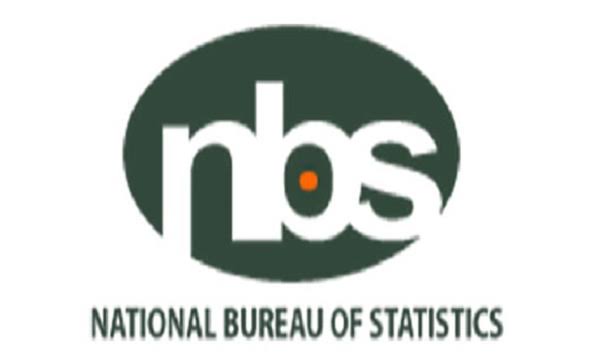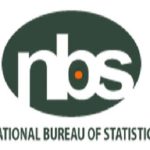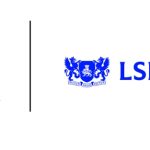Nigeria’s Unemployment Rate Rises to 4.3% in Q2 2024 – NBS Report
By Patience Ikpeme
The National Bureau of Statistics (NBS) has revealed an increase in Nigeria’s unemployment rate to 4.3% in the second quarter (Q2) of 2024, up by 0.1% compared to the same period in 2023. The data, derived from the Nigerian Labor Force Survey (NLFS) released on Monday, highlights significant insights into the country’s labor market dynamics.
Among individuals with upper-secondary education, the unemployment rate stood at 8.5% in Q2 2024. The unemployment rate among youths aged 15-24 and 25-34 years was reported at 6.5%, reflecting a decline from the 8.4% recorded in Q1 2024.
The report underscored notable differences in unemployment rates between genders and regions. Male unemployment was 3.4%, while the figure for females was higher at 5.1%. By place of residence, urban areas recorded an unemployment rate of 5.2%, a decline from 6% in Q1 2024, while rural areas experienced a significant drop to 2.8% from 4.3% in the previous quarter.
The employment-to-population ratio rose to 76.1% in Q2 2024, up from 73.1% in Q1 2024, with males achieving a higher ratio (77.2%) compared to females (75%). Rural areas led with an employment-to-population ratio of 80.8%, compared to 73.2% in urban areas.
Informal employment remained dominant, with 93% of employed persons working in the informal sector, a slight increase from 92.7% in Q1 2024. Rural informal employment was notably higher at 97.5%, compared to 90% in urban areas.
Time-related underemployment, defined as the share of workers clocking fewer than 40 hours per week but willing to work more, declined to 9.2% in Q2 2024 from 10.6% in Q1. Conversely, wage employment saw a marginal decrease, with only 14.4% of employed persons engaged in wage-paying jobs, down from 16% in Q1.
Self-employment accounted for 85.6% of total employment in Q2 2024, with higher rates among females (88.3%) compared to males (82.2%). Rural areas again dominated, with 94.3% of their workforce self-employed, as opposed to 79.7% in urban areas.
The NBS highlighted that the labor force includes individuals actively searching for and available for work. The Bureau noted that improvements in employment and underemployment rates reflect a gradual recovery in the labor market but emphasized the enduring challenges of informal employment and regional disparities.
This report provides critical insights for policymakers and stakeholders seeking to address Nigeria’s labor market challenges and promote inclusive economic growth.




